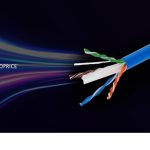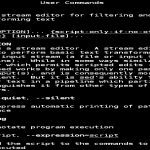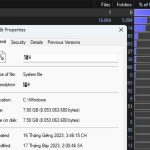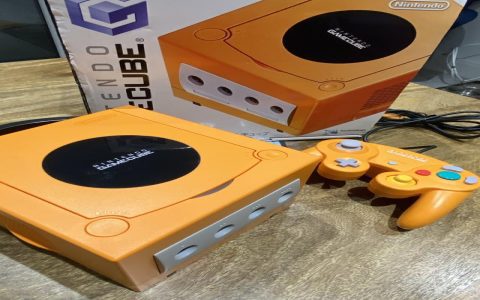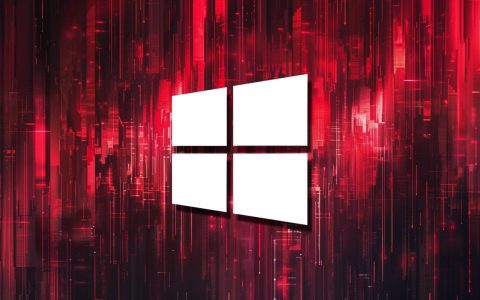A USB-C to DisplayPort adapter is a peripheral that facilitates the connection between a device equipped with a USB Type-C port (often a laptop, tablet, or smartphone) and a display monitor that utilizes a DisplayPort input. Its primary purpose is to transmit high-definition video and, typically, audio signals from the source device to the external screen.
Key Features and Benefits
- High Resolution and Refresh Rate Support: These adapters are capable of transmitting video signals at various resolutions, including popular choices like 4K (3840x2160), and some can support 5K or even 8K. They also often support high refresh rates such as 60Hz, 120Hz, 144Hz, or higher, crucial for smooth motion in gaming and video.
- DisplayPort Alternate Mode (DP Alt Mode): For the adapter to function, the USB-C port on the source device must support DisplayPort Alternate Mode. This standard allows the USB-C connector to carry native DisplayPort signals.
- Audio Transmission: In addition to video, most USB-C to DisplayPort adapters carry digital audio signals, provided the connected DisplayPort monitor has built-in speakers or an audio output jack.
- Plug and Play: Generally, these adapters are designed for ease of use, offering plug-and-play functionality without the need for additional driver installations on compatible operating systems.
- Directionality: Standard USB-C to DisplayPort adapters are unidirectional, meaning they send a signal from a USB-C source to a DisplayPort monitor. They typically do not work in reverse (DisplayPort source to USB-C monitor).
- Build and Form Factor: Adapters can vary from simple, short cables with integrated dongles to more robust, slightly larger units. Quality construction can impact signal integrity and durability.
Common Use Cases
- Connecting modern laptops (such as MacBooks, Dell XPS, HP Spectre) and other portable devices to external monitors for an extended desktop, mirrored display, or primary display.
- Driving high-performance gaming monitors that utilize DisplayPort for achieving maximum resolution and refresh rate capabilities.
- Professional applications like video editing, graphic design, and CAD, where high resolution and color accuracy on a larger screen are beneficial.
- Connecting compatible smartphones or tablets (that support DP Alt Mode) to DisplayPort monitors for presentations, media viewing, or a desktop-like experience.
Important Considerations Before Purchase
- Source Device Compatibility (DP Alt Mode): This is paramount. Verify that your device's USB-C port specifically supports DisplayPort Alternate Mode. Not all USB-C ports offer video output; some are for data and power only. Check your device's specifications or contact the manufacturer.
- Monitor Input: Ensure your monitor has an available DisplayPort input.
- Required Resolution and Refresh Rate: Choose an adapter that explicitly states support for the resolution and refresh rate capabilities of your monitor and what you intend to use. For example, for 4K at 60Hz, the adapter must support at least DisplayPort 1.2 specifications. For higher requirements like 4K @ 120Hz or 8K, an adapter supporting DisplayPort 1.4 (or higher) with features like Display Stream Compression (DSC) might be necessary.
- DisplayPort Version:
- DisplayPort 1.2: Adequately supports resolutions up to 4K (3840x2160) at 60Hz.
- DisplayPort 1.4: Offers increased bandwidth for higher resolutions like 5K, 8K at 60Hz, or 4K at 120Hz/144Hz. It also supports features like High Dynamic Range (HDR) and DSC. The source, adapter, cable, and display must all support the corresponding DP version for these features to work.
- HDCP Compliance: If you plan to watch protected content (e.g., from streaming services like Netflix in 4K, or Blu-ray discs), ensure the adapter is HDCP (High-bandwidth Digital Content Protection) compliant, typically HDCP 2.2 or newer.
- Cable Quality: The quality of the DisplayPort cable used between the adapter and the monitor can also affect performance, especially at higher resolutions and refresh rates. It's advisable to use a certified DisplayPort cable that matches the version requirements.


